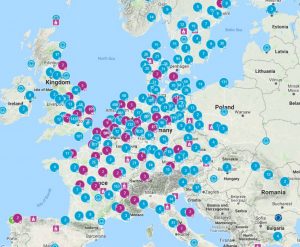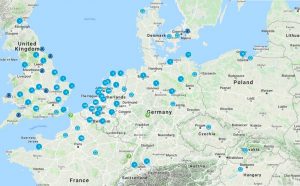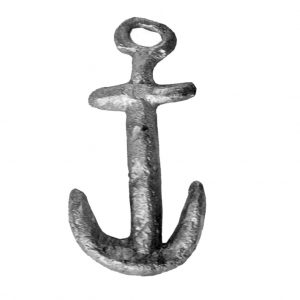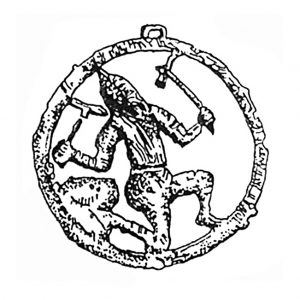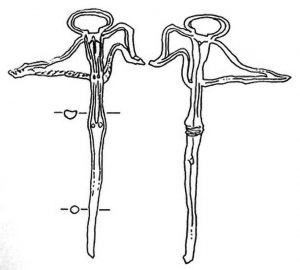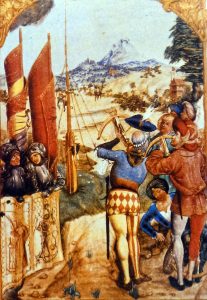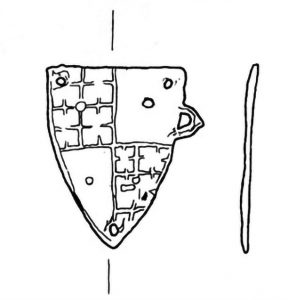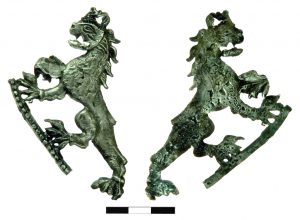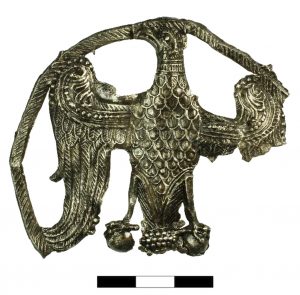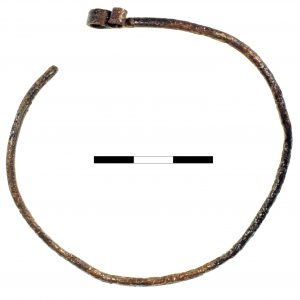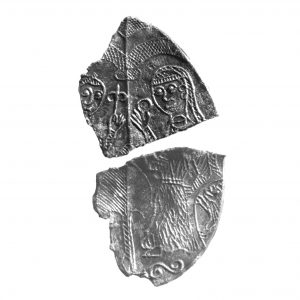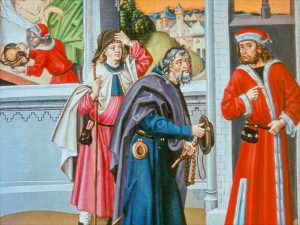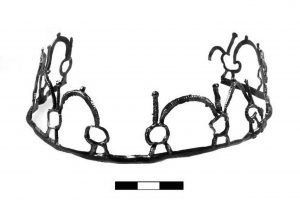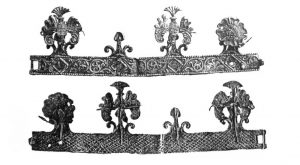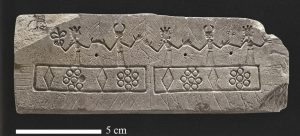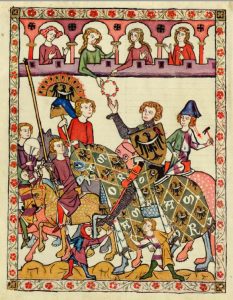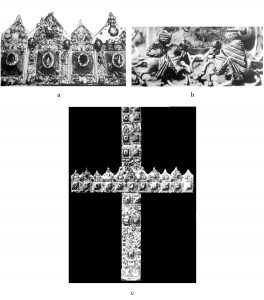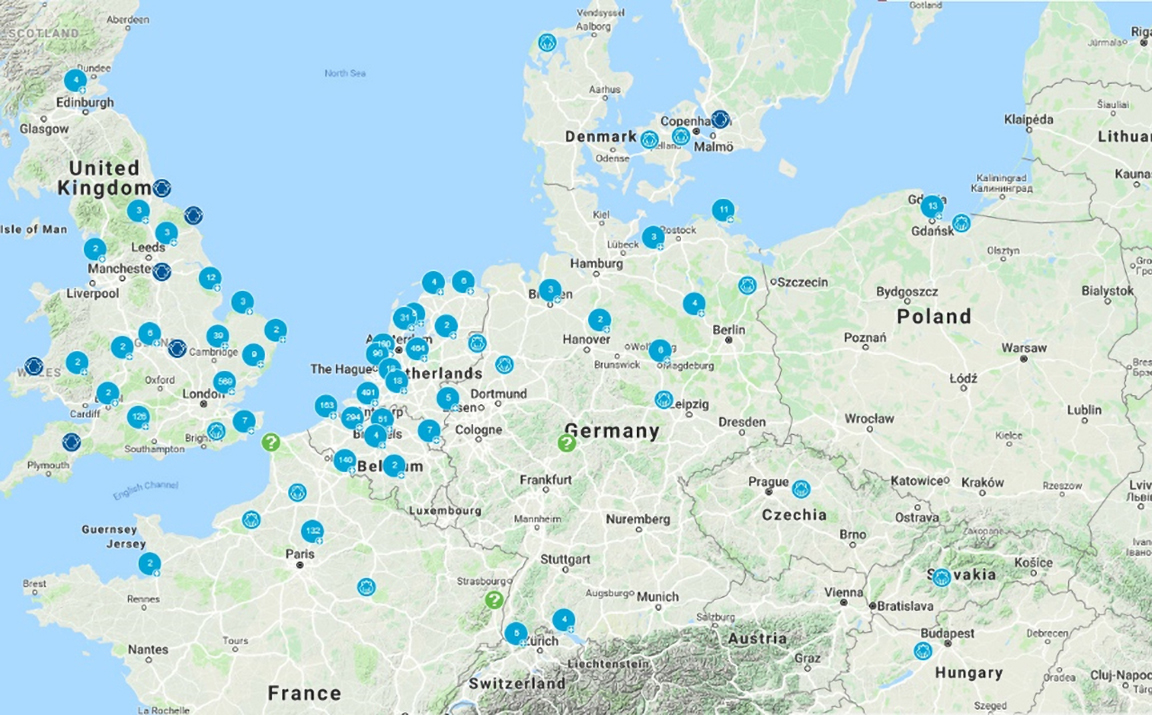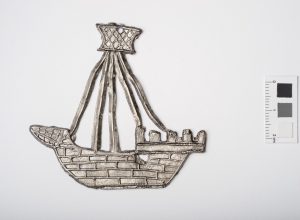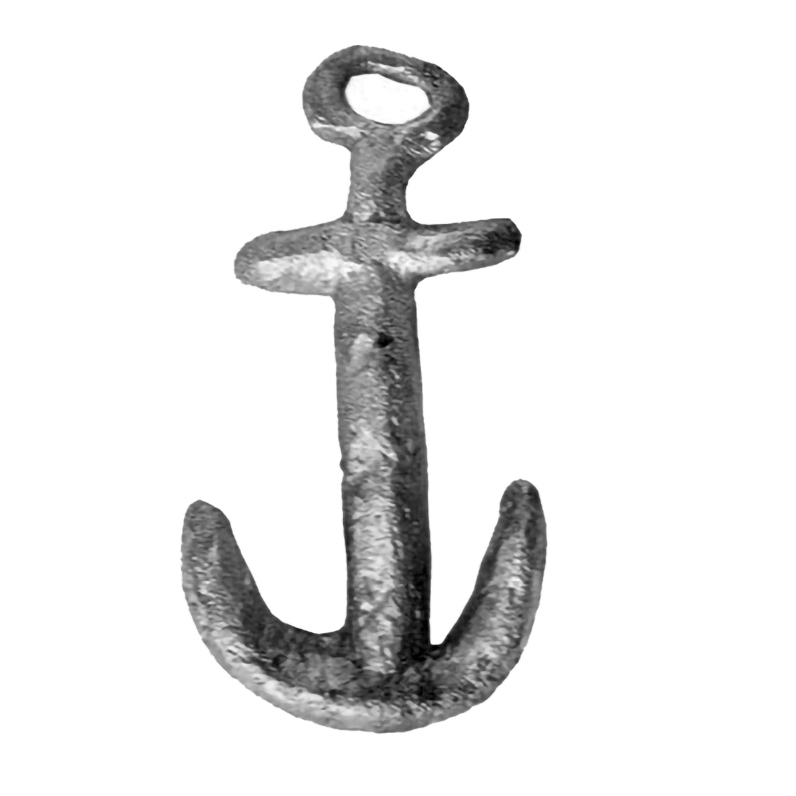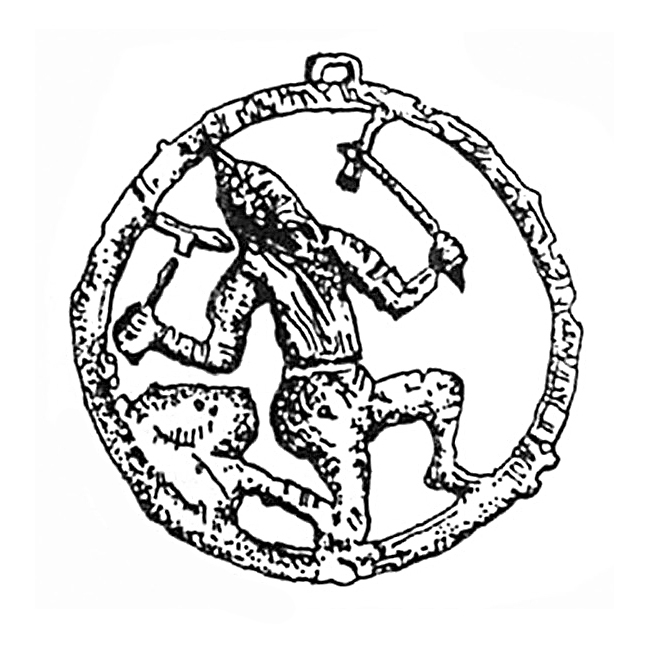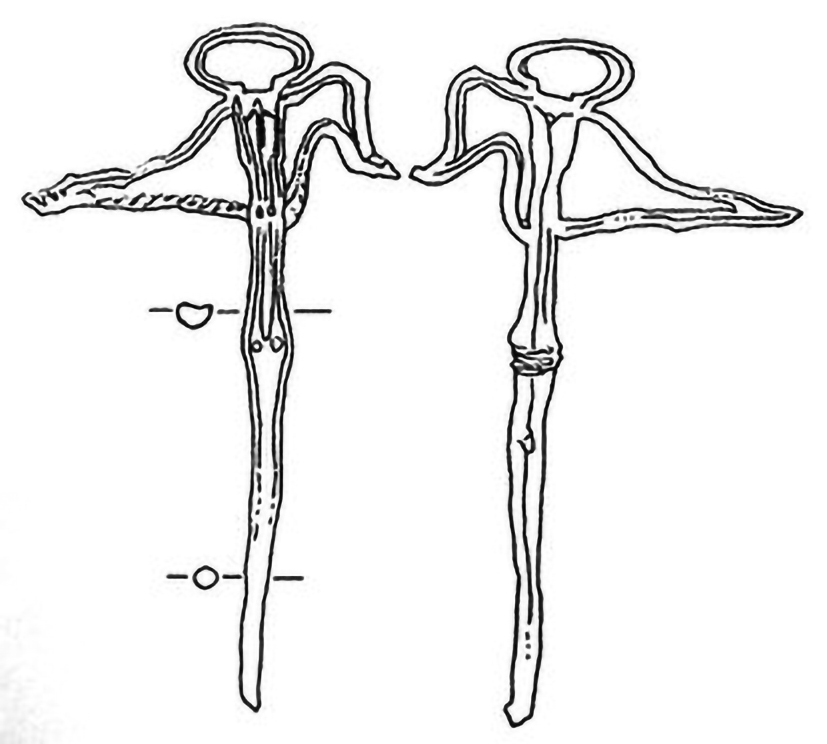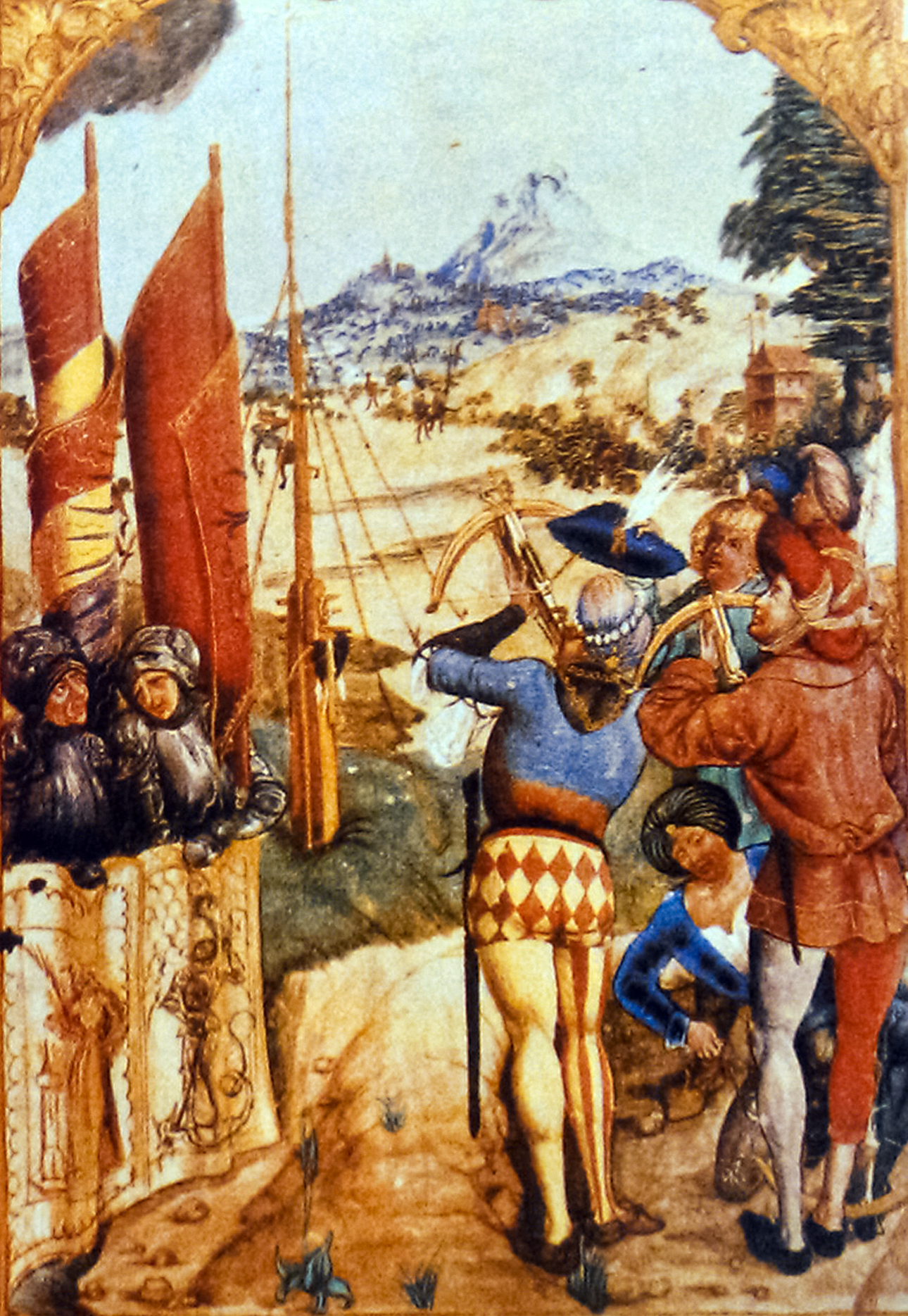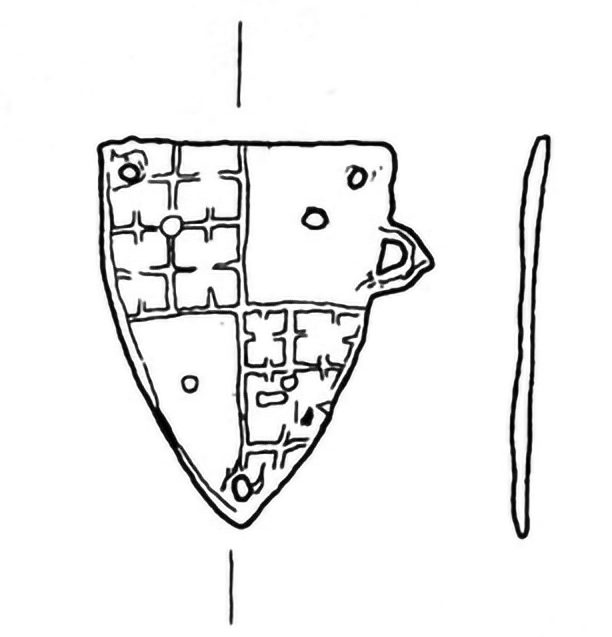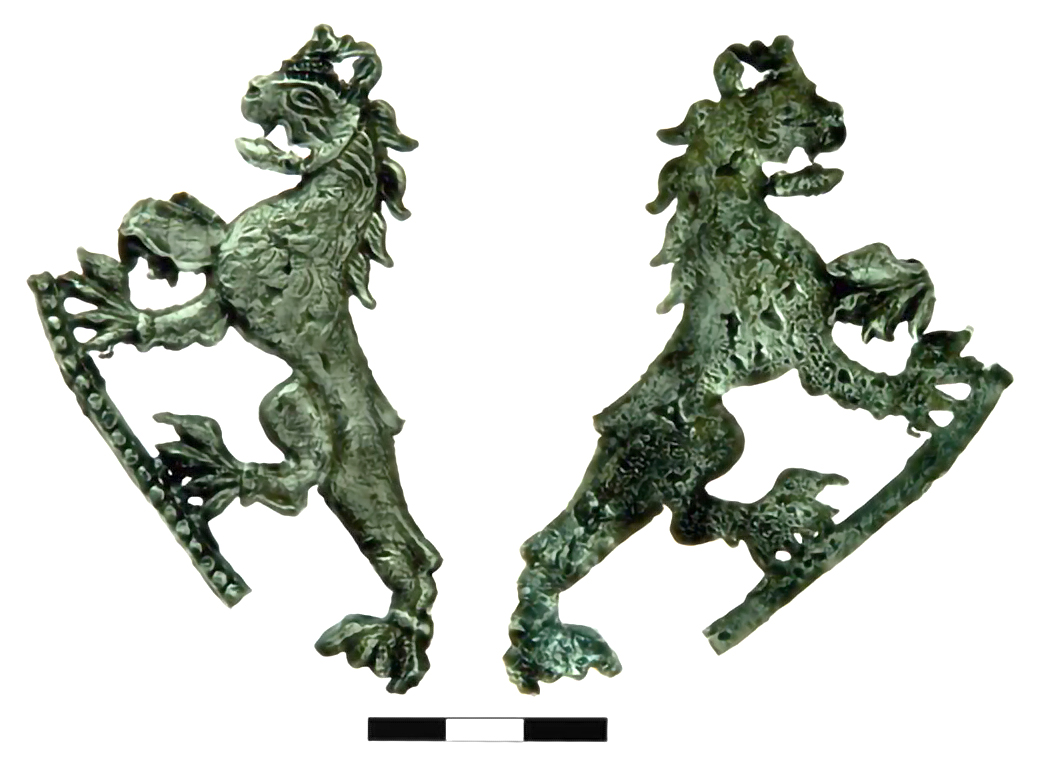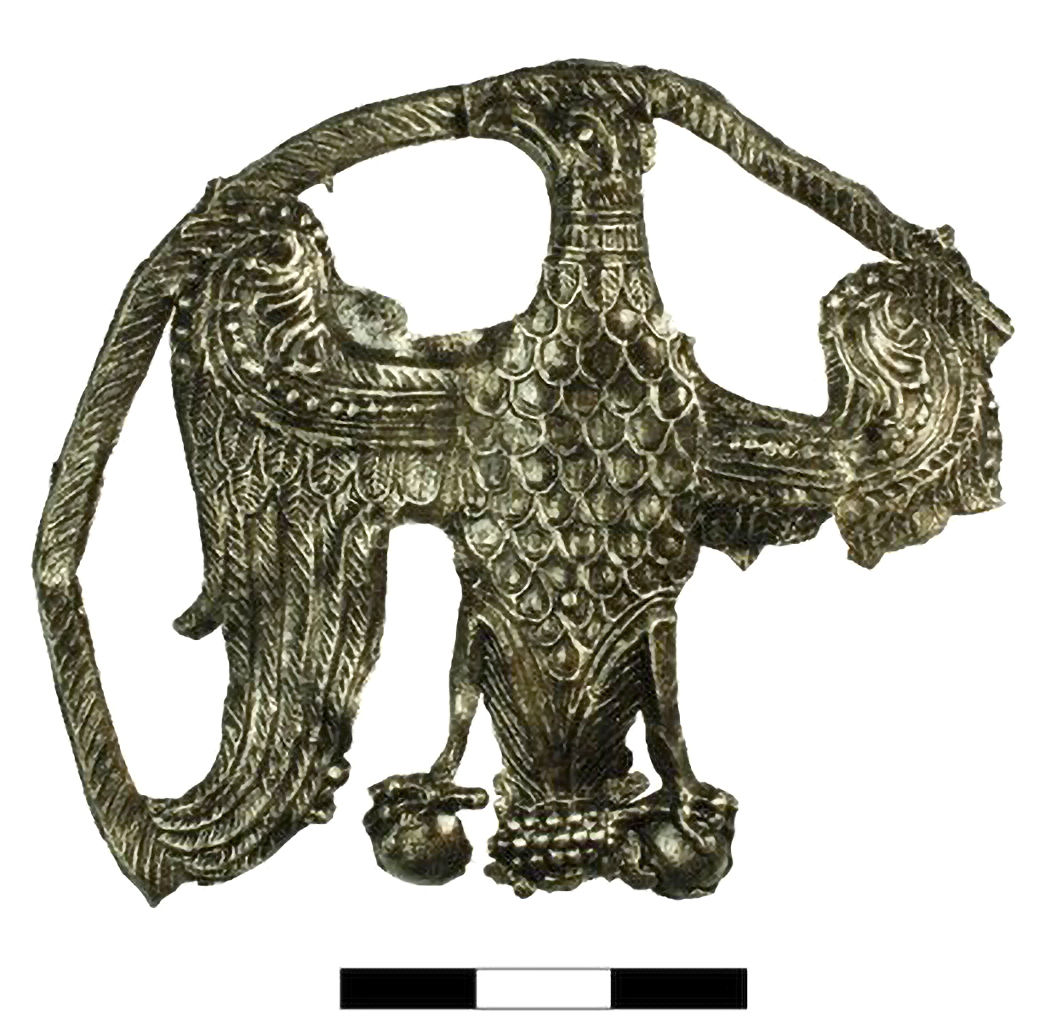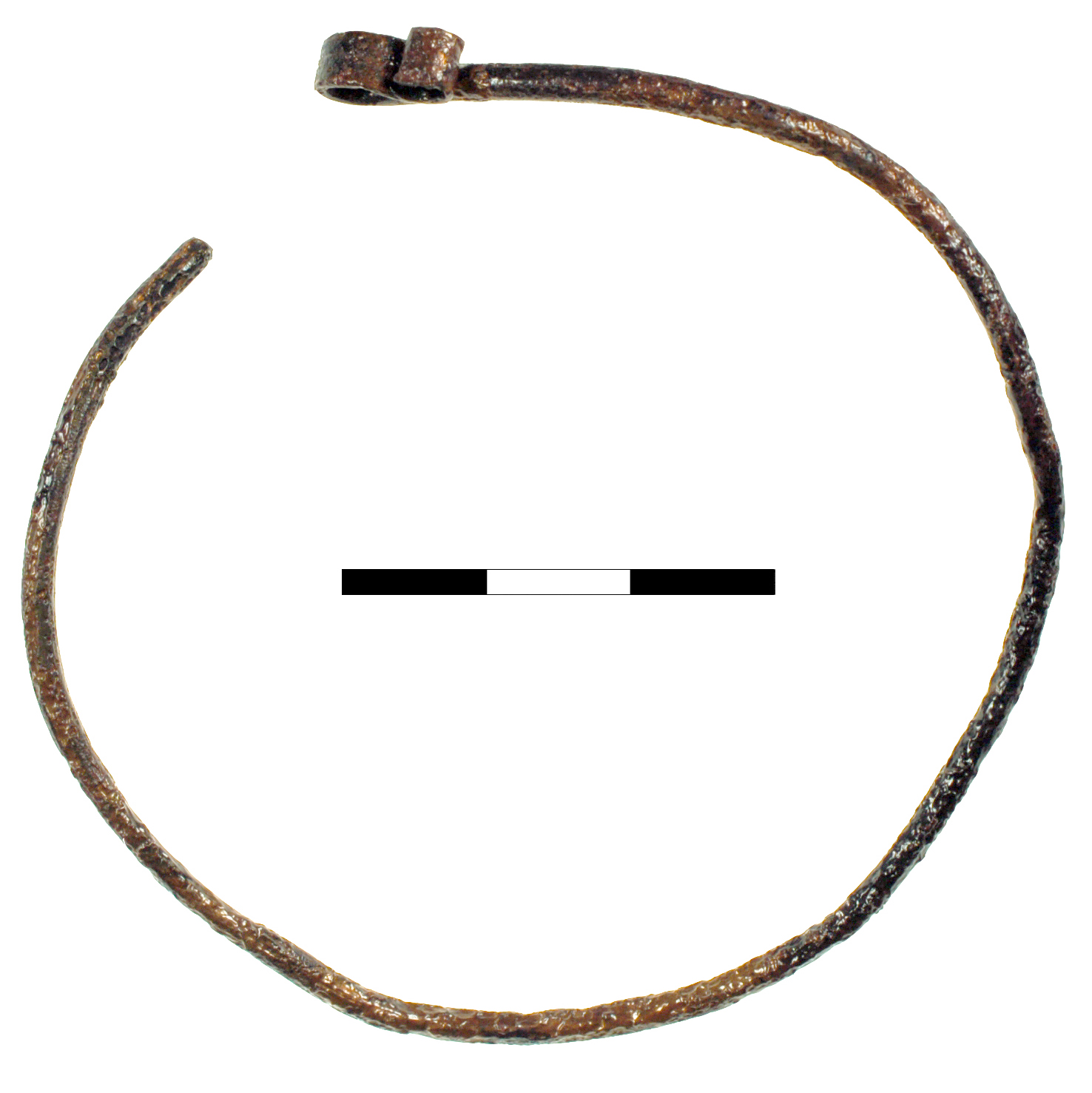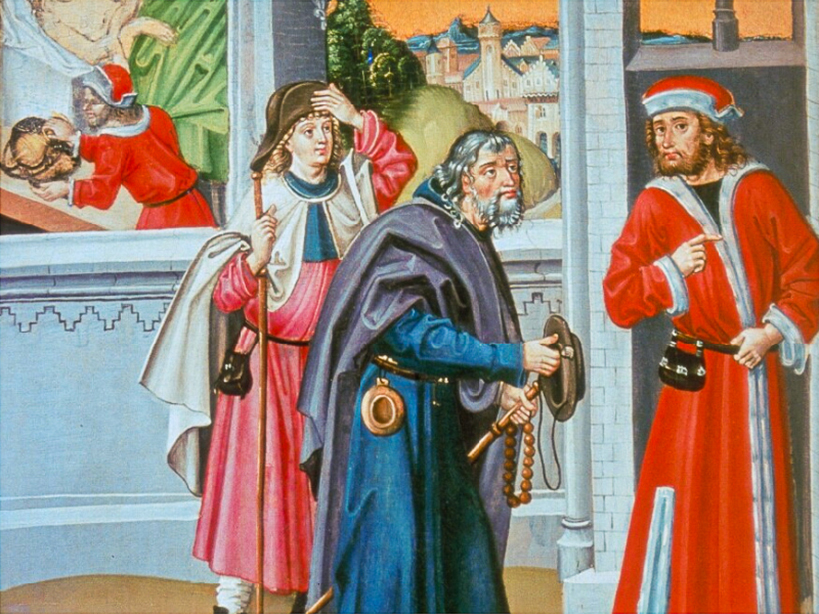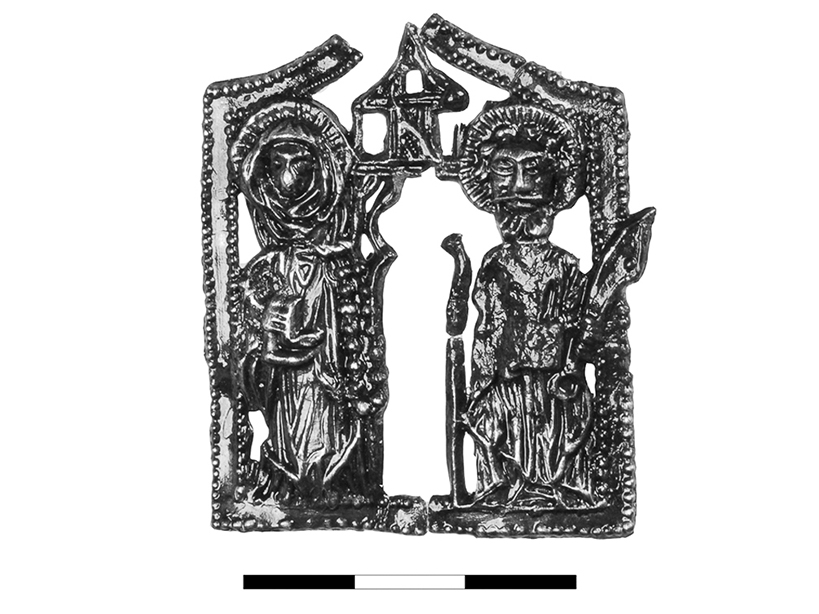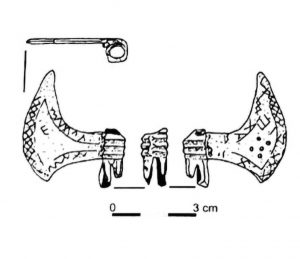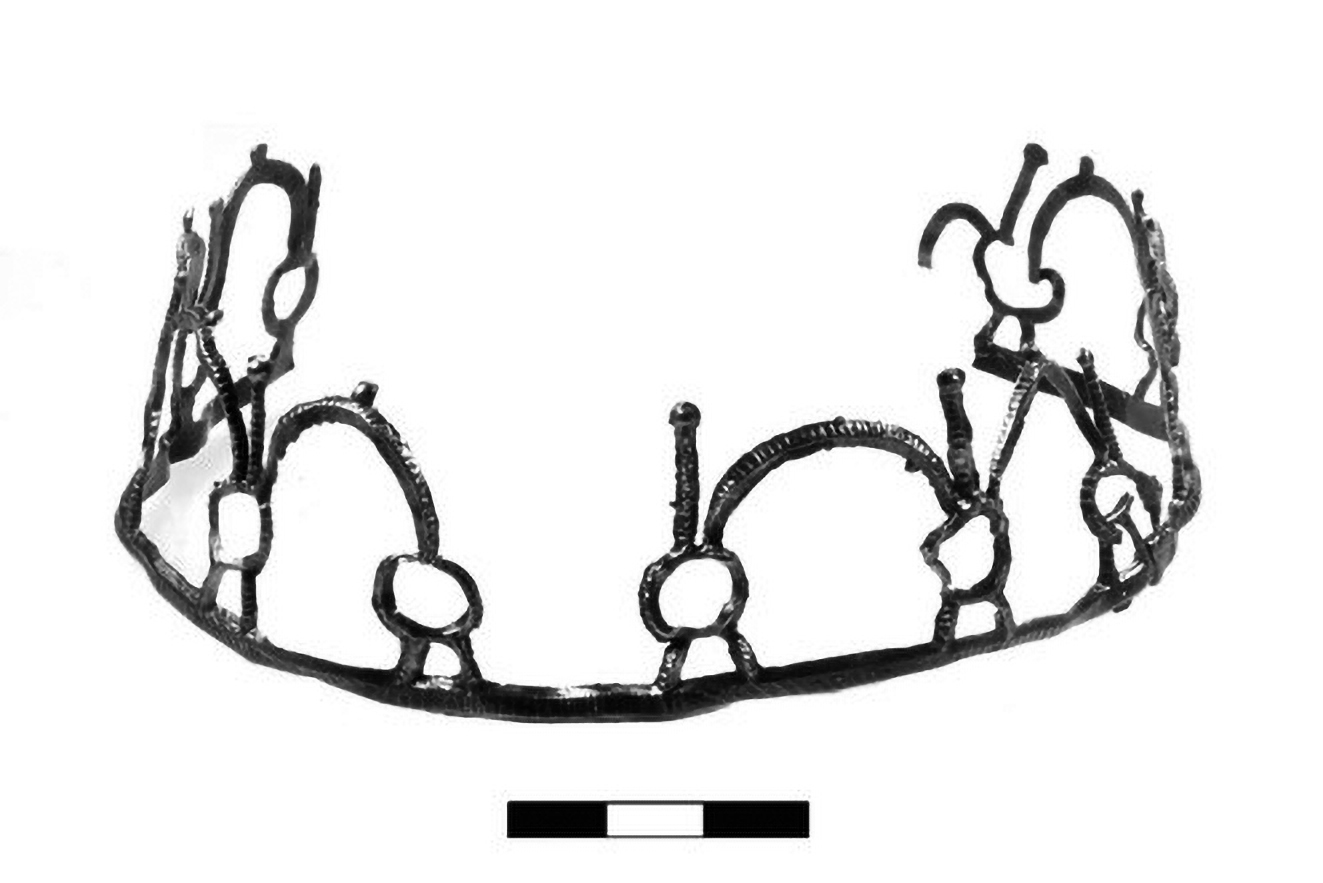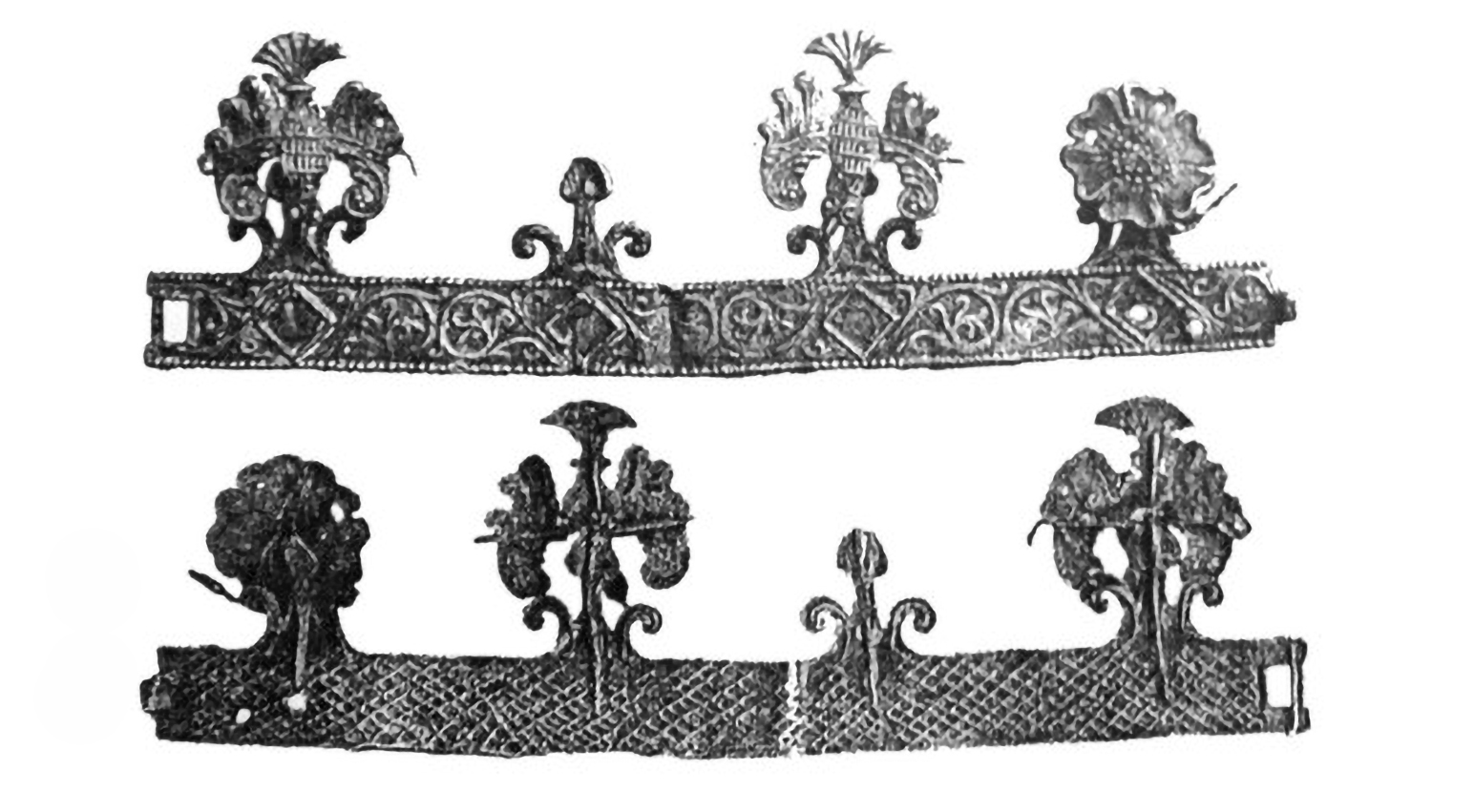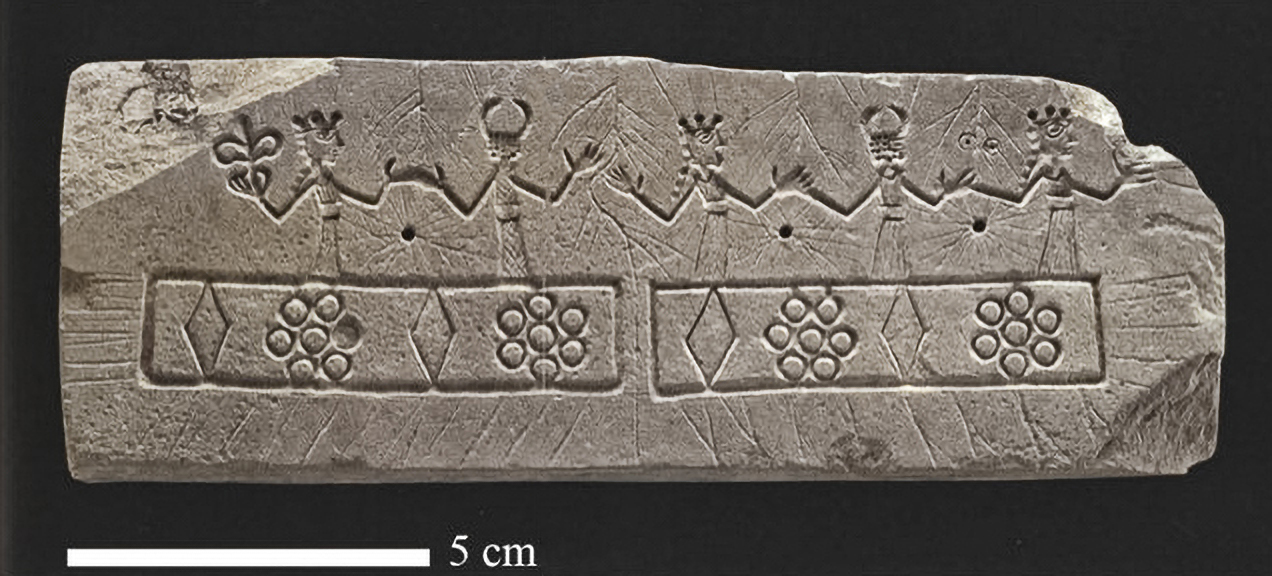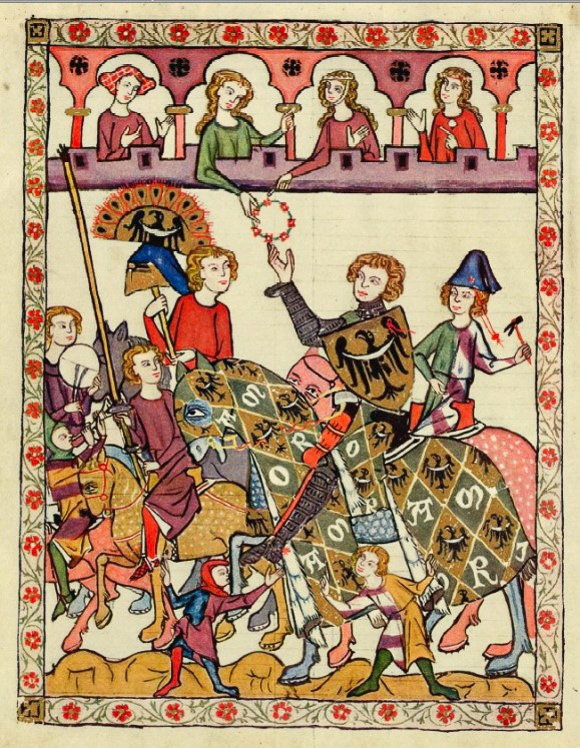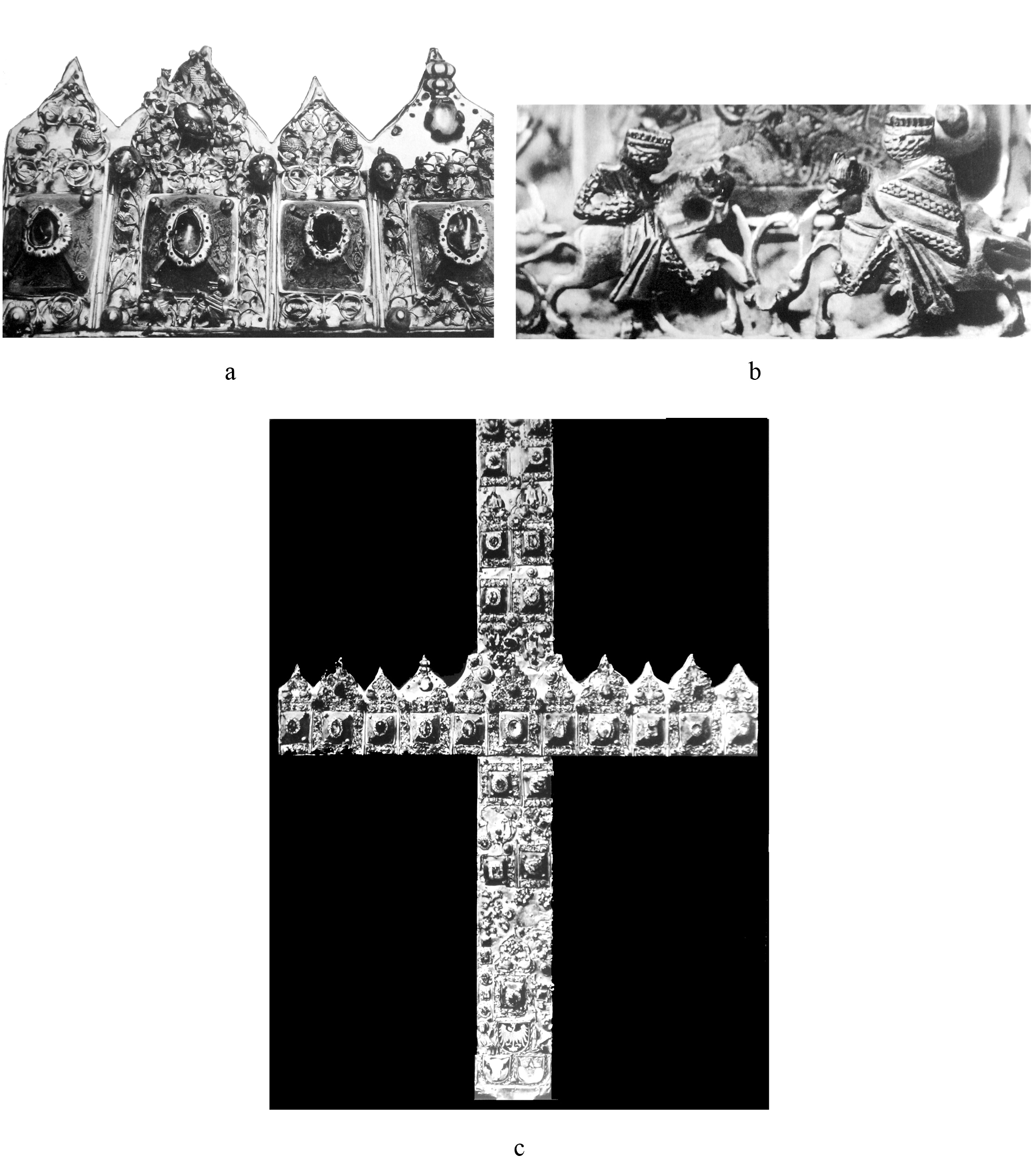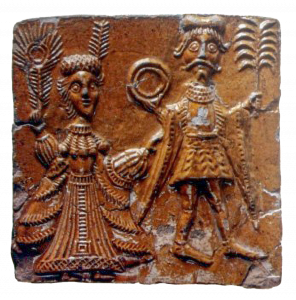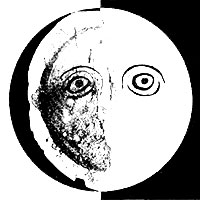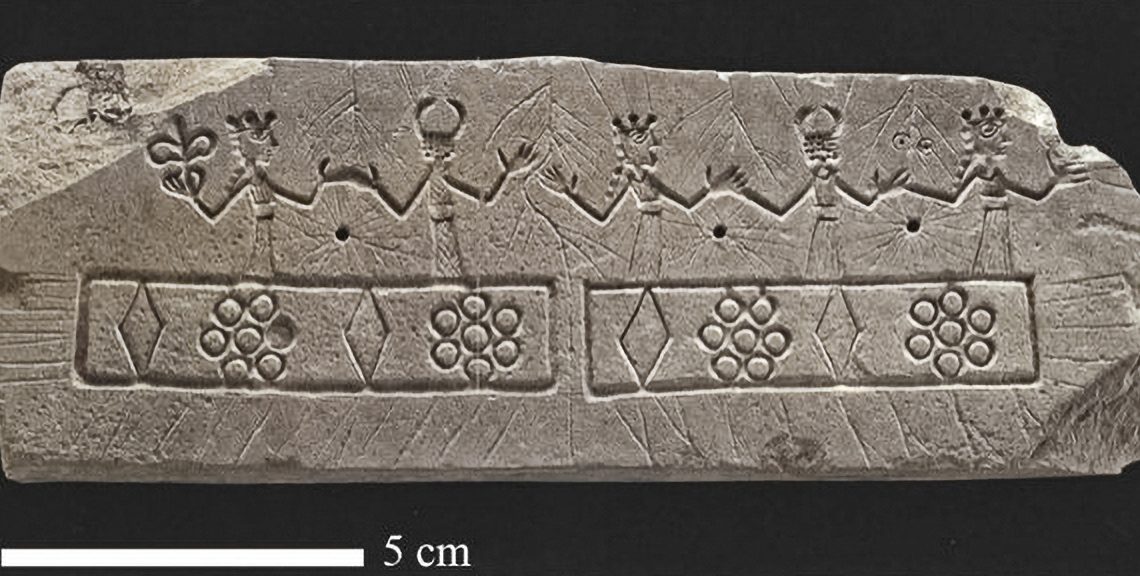
![]()
Abstract
Material culture is often a conscious part of an identity of a given group. However, communities are not static entities. They are formed for shorter (e.g. travelling pilgrims distinguished by badges and staffs) or longer periods (e.g. guilds), and are susceptible to change. I will focus on how the ‘material expression’ of different urban communities can be related to archaeological finds. I will discuss ways of showing an affiliation through an analysis of the following objects: livery badges, probably worn by followers of a lord; lead miniature axes, used by supporters at tournaments or miniature crossbow badges attributed to marksman guilds; as well as other items typical of local fashion and lifestyle.
Abstract (German)
Die materielle Kultur ist oft ein bewusster Teil der Identität einer bestimmten Gruppe. Gemeinschaften sind jedoch keine statischen Entitäten. Sie bilden sich für kürzere (z. B. im Fall reisender Pilger, die sich durch Abzeichen und Stäbe auszeichnen) oder längere Zeiträume (z.B. bei Zünften), und sie sind anfällig für Veränderungen. Ich werde mich darauf konzentrieren, wie der „materielle Ausdruck“ verschiedener städtischer Gemeinschaften mit archäologischen Funden in Verbindung gebracht werden kann. Ich werde auch auf die Art und Weise eingehen, wie sich die Zugehörigkeit zu einer Gemeinschaft zeigen lässt. Dies wird anhand folgender Objekte untersucht: Embleme (Impresa), die wahrscheinlich von den Gefolgsleuten eines Herrn getragen wurden; Miniaturäxte aus Blei, die von Anhängern bei Turnieren verwendet wurden, oder Miniatur-Armbrustabzeichen, die den Schützengilden zugeschrieben werden, sowie andere Gegenstände, die für die örtliche Mode und den Lebensstil typisch sind.
Table of contents
Introduction
Material culture is consciously or unconsciously used to show one’s relation to a certain group. In this article, I will show how medieval dress accessories, primarily secular badges, can be attributed to showing one’s affiliation with certain urban communities. To discuss the given problem, I will mostly focus on finds from Poland and the Czech Republic. These are, in fact, peripheries, regions where badges are present but are very rare. However, this study is aimed at being much broader and describing general interregional tendencies. Chronological frames will embrace the late medieval period, understood as the 13th–15th century for the region in question, which corresponds to the rise of towns and the development of their inhabitants’ identities. The study will firstly focus on the actual archaeological finds, which, where possible, will be described against a broader context, drawing on works of historians and art historians.
From an archaeological perspective, dress accessories are a specific group of finds which have their own, relatively rich literature. Among them are belt buckles, belt mounts, brooches, buttons, strap ends and also badges. As textiles are rarely preserved, dress accessories are usually the only archaeological finds which can be related to broader issues, such as dress or fashion. They are also covered by a definition of dress presented by Joanne B. Eicher:
“Dress is a coded sensory system of non-verbal communication that aids human interaction in space and time. The codes of dress include visual as well as other sensory modifications (taste, smell, sound, and feel) and supplements (garments, jewellery, and accessories) to the body which set off either or both the cognitive and affective processes that result in the recognition or lack of recognition by the viewer. As a system, dressing the body by modifications and supplements often facilitates or hinders the consequent verbal or other communication. The body modifications and supplements that mark the ethnic identity of an individual are the ethnic dress.”
This definition clearly stresses the aims of this paper: to focus on dress accessories as a code of a communication used to distinguish specific groups of people. To follow this thought, I first would like to discuss what I understand as a community and how it relates to the material culture.
Communities
According to the Oxford Dictionary, a community is:
- A group of people living in the same place or having a particular characteristic in common.
- The condition of sharing or having certain attitudes and interests in common.
Communities can also be observed from different perspectives. One point of view comes from within the community, which can be stated in words such as ‘we are a group and that is why we express it by a certain material culture’. In this case, this material culture becomes part of this identity. The second perspective is an external one; a way in which society perceives others as a ‘community’ due to them using certain items, a specific dress or a general lifestyle, although ‘membership’ of this group is somewhat accidental or unconscious. In other words, for the purpose of this text, I understand a ‘community’ as a group of people which consciously expresses affiliation to a certain group with the use of a specific material culture, or where the interactions with the material culture allow others to identify a given group as a separate community. Following this definition and these perspectives, I propose to distinguish two different types of community which have a different mutual relationship with material culture.
The first are structured communities, either based on social arrangements, like family ties, or formal organisations or institutions. Members of this sort of group are conscious of their identity, and whenever they decide to wear or use any particular distinctive objects, they do it to somehow manifest their allegiance. For instance, such structured communities might be guilds, companies, or people serving specific lords. Similarly, such groups might be ethnic or class oriented.
Temporarily formed communities are the second type I will examine. This group is a little more difficult to describe as it is not formal, and sometimes the ‘members’ of this community might not feel part of it, but they are recognised to be a part of it from the outside. Pilgrims can be, for instance, considered to be among such communities. They are easily identified by others as they are typically wearing pilgrim material culture: badges, hats, flasks, cloaks, bags, and pilgrim staffs. However, they are not permanently associated as pilgrims, and, as a group, their identity exists only for the duration of the pilgrimage.
This proposed division is subjective and is not meant to cover all possible situations or exceptions. In this article, for instance, I will not focus on objects solely related to social status, as this issue has its own rich literature. Rather, the main purpose of this proposed classification of communities is to provide a framework in which to show different relationships with a material culture.
“Might I but know thee by the household badge?”
One of the most distinctive types of medieval material culture, which can be referred to as dress accessories, are medieval badges. This specific group includes highly ornate and symbolic plaques, often with pins, mostly made of lead and tin alloys (pewter). They can be divided into two main groups: pilgrim and secular badges. Pilgrim souvenirs are thought to be proof of a completed pilgrimage – a badge bought at a specific holy place – with its image corresponding to certain relics of saints related to the given place. Secular badges, in contrast, have much more diversity in their content, ranging from sexual scenes through to heraldic signs, to the representation of mundane objects. Their meaning is often ambiguous and can be interpreted in more than one way.
Both types are mostly known from western Europe, and even though some finds from the eastern part of central Europe might not have survived, the distribution of badges is quite clearly visible. Pilgrim souvenirs (Fig. 1) appear in most of western, northern and central Europe, with some difference in the eastern part of central Europe, in the western territory of modern Poland and Romania, which might be associated with the penetration of German settlers in (mostly) the 13th century. Secular badges, on the other hand, are mostly found in the territories of the modern United Kingdom, Netherlands, and France, and to a lesser extent in the North Sea and Baltic basins (Fig. 2). The eastern part of central Europe is not entirely absent of badge finds, but it is definitely a periphery.
- Fig. 1. Map of distribution of pilgrim badges finds across Europe. After: Home | Kunera.
- Fig. 2. Map of distribution of secular badges finds across Europe. After: Home | Kunera.
Badges are not the only objects which can help to identify a certain community, but they are probably the most precise, even if sometimes they are difficult to read. Other dress accessories might also communicate an affiliation, especially a broadly understood ethnicity, but their meaning is often ambiguous. Identity is not only visible through dress. For instance, there is also some very interesting research on the use of German stoneware in Hanseatic towns as a lifestyle and a group identity marker. However, here I will only focus on urban communities and dress accessories.
The materiality of structured communities
Some urban communities might in fact be legalised, formal organizations. Today many of them, especially corporations, insist on some kind of distinction showing their affiliation from their members. This varies from school uniforms, through to worker outfits with company logos (like McDonald’s) to more discrete signs, like for instance company badges. We cannot be certain with such an interpretation when it comes to medieval badges; however, some might be interpreted as showing an affiliation, if not to a specific company at least to the profession of the wearer. The badges depicting ships (Fig. 3) are an example which might show the wearer’s trade as a sailor or at least someone who wants to be considered as one. There are badges identifying a ship’s crew by personified phalluses, but this phenomenon is considered to be related to upside down world motives.
There are also pilgrim souvenirs with ships, but they are only shown as a part of a larger scene depicting saints, like Thomas Beckett or Ursula. Another marine theme which might show ones’ profession is a badge in a form of an anchor. They seem to be much rarer than ship badges, and only one example is known, from Gdańsk (Fig. 4). The anchor can be related to St. Klemens/Clement, for example in London, two guilds existed which took St. Clement as their patron, the bakers of The Worshipful Company of Bakers and The Guild of the Glorious and Undivided Trinity who took care of light ships and lighthouses. In London, such anchors could show an affiliation to one of those guilds, however if we try to follow this interpretation in Gdansk, the given anchor would rather be evidence of an imported badge. A specimen discovered in Kutna Hora can also be interpreted as a guild-related badge, possibly related to a local miner guild: it has an openwork frame with a figure of a miner wielding two pickaxes (Fig. 5). At the moment there are no other badges known to me which can be related to a company or professional affiliation.
- Fig. 4. Miniature anchor. Gdańsk, in: Kocińska/Trawicka 2005, p. 19.
- Fig. 5. Kutna Hora, openwork badge with a miner, in: Velímský 1998, p. 445, 2.11.
Miniature crossbow badges (Fig. 6) can be connected with another form of formal community: an archery and crossbow guild. Such organisations were responsible for teaching burghers how to shoot and practise marksman skills to be able to defend city walls when needed. They had their own traditions as well as insignias, often in the form of birds, either popinjays or roosters. On a specimen belonging to St. Jorisgilde of Den Dungen, dating to ca. 1500, known from the’s-Hertogensbosch Noordbrabants Museum, a miniature crossbow is attached. There are not many finds of such miniature crossbows in central Europe, but two examples are known from Gdańsk, one is from Prague, and one is from Brno; a mould is known from Elbląg. A competition involving shooting a bird on a tall stake was used as a practice tool for marksman guilds, as is depicted on the miniature from the codex of Balthasar Behem from Krakow (Fig. 7). Badges in the form of roosters are also known, some of them have love inscriptions, but others might have been marksman guild badges, like those with miniature crossbows.
- Fig. 6. Miniature crossbow from Prague, after: Huml 1991, p. 212, fig. 14.
- Fig. 7. Shooting a rooster, a miniature from the Balthasar Behem Codex, early 16th century, Biblioteka Jagiellońska in Krakow, after Podlecki/Fabiański 2000, p. 61.
A different kind of legal community was the house of a nobleman. Some kinds of badges, called livery badges, are interpreted as demonstrating an affiliation to a certain family or a particular lord. They mostly seem to be British, however many have also been found in the Netherlands, Belgium, and France. According to Spencer, there is considerable evidence that the devices and badges of kings and nobility were worn by their retainers and servants as a visible form of allegiance. “The badges identified their wearers as persons who were formally attached, or, in some way, beholden, to a particular magnate (or to the king himself) and who, in return, enjoyed their lord’s protection or patronage”. These were also symbols of friendship and alliance. Spencer recalls a correspondence from 1388 between Juan I., King of Aragon and the French King: “Concerning your device of the Flying Stag, we are agreeable, most dear brother, that it should be sent by you, for we shall willingly wear it for love of you.”
Badges were of different materials depending on the owner’s status: those in the upper household ranks received a gold badge, those in the middle a silver gilt one, and the lesser members a silver one. The surviving badges, mostly archaeological finds, are of a base metal: a lead and tin alloy. Pewter badges were most likely too paltry for the servants of noblemen, and it is thought that they were worn by the lowest social level of followers. British archaeological finds of livery badges have been discussed by Spencer, while more general data on heraldic badges in England and Wales has been gathered by Siddons.
In central Europe, livery badges seem to be almost non-existent, however a few finds from this area can be attributed to this group of badges. There are basically two different types that we can distinguish among those few finds discovered: heraldic shields with emblems and heraldic animals, in this case, lions and eagles. The known miniature shield badges from Poland are simple specimens, and are only decorated with fields (Fig. 8). It is difficult to tie these objects to any particular family, and it might be that they were not an emblem evidencing an affiliation to a particular community, but rather an object connected with medieval popular culture.
A large and well-made openwork badge from Wrocław, dated to the 14th century and depicting a rampant lion (Fig. 9), reminds one of the Czech lion in a shield frame. However, its tail is missing, an identifying feature in this case: if it was a double tail, that could easily confirm this hypothesis. Similar known examples with a single tail are from the Netherlands. Other badges with lions are known from Gdańsk, but they are not in shield-shaped frames. In this case their meaning might be not connected with livery badges, but might be in fact be related to feats of arms and courage. This is a similar group of badges but with a different interpretation, that is one which is more related to the wearer’s personal achievements or identity (as brave and courageous) than with being a part of a certain community.
Some central European badges depicting eagles have an unclear association to livery badges, and only a few exist. Older 13th century examples in round frames (from Wrocław and Szcecin) could also be considered as representations of the Holy Ghost in a form of a dove or an eagle of St. John. Another find from Wrocław, from Nowy Targ square, definitely has a more emblematic character. It is a large, oval, open-work badge with a heraldic eagle with outstretched wings holding a globe in each of its claws (Fig. 10). So far, a precise interpretation of this object has not been possible.
- Fig. 8. Wrocław, Rynek. Miniature shield. After: Bresch/Buśko 2001, p. 128, ryc. 24 d.
- Fig. 9. Wrocław, Nowy Targ square. Heraldic badge with a lion rampant, inv. no. 455/10. Photo.: J. Sawicki.
- Fig. 10. Wrocław, Nowy Targ square. Heraldic badge with an eagle, inv. no. 3455/11. Photo.: J. Sawicki.
In contrast to the well-documented examples of British livery badges, the interpretation of the central European ones are, at the moment, only hypothetical. Also, their small number (even from Gdańsk, which is one of the places where most of the badges were found) rather indicates that such customs were not popular in this part of Europe, and affiliations to certain lords have not been manifested through archaeologically preserved evidence.
The broadest communities are those with an ethnic basis. Pastoreau mentions marks of shame which were applied to Jewish clothing from the 13th century. They were textile, sewn on cloth badges, often yellow in colour, in the form of a circle, star, or a ribbon. In France, according to the ordinance of King Louis IX from 1269, Jews were required to wear a yellow circle:
As we want to be able to recognise a Jew and distinguish him from a Christian, we command every Jew, regardless of gender, to wear the following sign: a circle of felt or cloth yellow in colour, sewn onto the top of the garment, on the breasts and the back for better distinction. The circle should be four fingers in diameter and be as large as the size of a hand. If despite this, according to the order, some Jew will not wear this mark upon some of his clothing, it will fall to one who spotted the Jew.
There is no known archaeological evidence of such cloth badges, however they are known from iconography.
Ethnicity can also be shown by other dress accessories, such as temple rings (Fig. 11). They seem to appear during the course of the 10th century in western Slavonic regions and continue to be used into the 14th century. They were worn by women, some as common jewellery, and are one of the most frequent finds in burials. They differ greatly from the yellow circles which the Jewish communities were forced to wear, as we can assume that temple rings were worn willingly. Stefan suggests that temple rings in grave furnishings were not related to status but rather to the age of the deceased, which might indicate that the way temple rings were worn was dictated by custom. Temple rings went out of fashion in the 13th century, which probably relates to the arrival of settlers from the West among other factors. An interesting find was discovered in Wrocław. It is a pewter spoon bowl with a courtly love scene (Fig. 12), on which the lady is most probably wearing temple rings. This leads to the possibility that the courtly motifs adopted by elites with the arrival of western settlers and the Magdeburg Law, were in turn adopted by the local (Slavic) communities.
- Fig. 11. Wrocław, Nowy Targ square. Temple ring, inv. no. 4636/11. Photo.: J. Sawicki.
- Fig. 12. Wrocław, Nowy Targ square. Spoon bowl with a courtly scene, the lady is wearing temple rings, inv. no. 7691/11 and 1336/11. Photo. R. Szczerek.
The materiality of temporary communities
Temporary community distinctions are more difficult to observe in a material culture than permanent ones, and they are more difficult to identify as well. However, the largest informal community strongly connected with badges, are the aforementioned pilgrims. This group of people, often formed during the start of the pilgrimage itself, on the road or during stops, was distinguished by a specific material culture (Fig. 13). Pilgrim staffs, hats with sewn on badges, travel bags, and pilgrim flasks, were among the objects worn by them. Those objects were clear signs of an identity, allowing others to distinguish them as a pilgrim, or allowed the pilgrims themselves to more easily gather in groups. Pilgrims were supposed to receive help during the pilgrimage (water, a place to sleep), so actually looking like a pilgrim was beneficial. All of the mentioned material evidence (except the staff) have also been discovered archaeologically within very varied contexts. Badges are often found at water sites – canals, rivers or on islands – which might relate to magical behaviour: offering those objects to gain favour. Many badges are also found at the places of pilgrimage, like the production sites from the pilgrimage sanctuary in St. Michel in France, or at Trzebnica, an important Lower Silesian pilgrimage destination associated with the cult of St. Jadwiga and a unique badge (Fig. 14). However, the collection from Wrocław mainly comes from a place which served as one of the town’s market squares. Pilgrim souvenirs, in the form of badges, are thought to have been bought at the pilgrim’s destination place (the sanctuary where they travelled to) as proof of a fulfilled pilgrimage. The accumulation of badges in the market square may indicate that such items were (illegally) traded and, as such, the pilgrim identity as well, and, at the same time, membership in this informal community could thus have been easily bought. Also, from the same market place, other items were discovered – flasks, a leather bottle, and rattles – which are thought to be have been part of a pilgrim’s equipment for processions and travel. It seems that buying a pilgrim identity, or even a badge from a distant sanctuary, was not a difficult task.
- Fig. 13. Fragment of painting with a legend of St. Jakobus with a scene where the innkeeper is giving a silver cup to the pilgrim’s son, ca. 1475-1478. Esztergom (Hungary), Keresztény Múzeum, IN 55. 41. After: https://realonline.imareal.sbg.ac.at/en/detail/nr-008147/.
- Fig. 14. Trzebnica. Badge with St. Hedwiga and St. Bartholomeus. Photo.: J. Sawicki.
In contrast to modern sport supporters organised into clubs, often with a long tradition and with their own colours and symbols, medieval material culture related to sport is almost non-existent. The most popular sport, with widely organised events, seems to have been knightly tournaments. Badges are associated with them in the form of miniature axes. They remind one of miniature toys, especially as some of them have a place for a wooden shaft. However, most of them depicted heraldic motifs; some were only in a form with a general reference to heraldry – a heraldic shield with unknown emblems – while others relate to the existing families of the time. Their meaning is not exactly clear. There are suggestions that such objects might have been given to the crowd by the participants themselves to support their team. Most axe finds come from the territories of England and the Netherlands, but a large number of them are known from Gdańsk. An interesting miniature axe is also known from Krosno (Fig. 15). It is a fairly plain example, which complicates its interpretation, but the most important aspect of it is that it is one of the few found outside the north-western areas of Europe. Its appearance in this region might be explained by a tournament organised in Krosno between 1447 and 1454, in which an unnamed English knight took part, and which corresponds with the dating of the miniature axe. This is, of course, not enough to provide proof of the ‘supporter’ hypothesis; however, it fits the idea of a major tournament taking place in Krosno known from iconography and descriptions.
Besides badges in the form of axes, lead-alloy diadems are also known. They are rare finds, and most of them date to the end of the 13th and beginning of the 14th centuries. They vary in form, from plain ones (Fig. 16) through to examples with eagles (Fig. 17) to more complicated figural forms (Fig. 18). This last type is especially reminiscent of festive scenes from cultural tournaments known from the Codex Manesse (Fig. 19) among others. As such, they reassemble the well-known find from Magdeburg called the Zinnfigurenstreifen, which is thought to be a part of a tournament diadem. According to Sachs, this object resembles the story of the German version of Parsifal by Wolfram von Eschenbach. The depicted scene is related to the part of the poem where Parsifal’s father, Gahmuret, triumphs in a tournament. Other diadems also survive, this time clearly associated with high culture, but with a similar narration. One is kept in Kraków (Fig. 20), and is related to Yolanda, a daughter of King Bela of Hungary and wife to Boleslaw the Pious. The scenes presented on this diadem, according to recent readings, relate to the Erec and Enide by Chretien de Troyes and in German versions by Hartmann von Aue.
- Fig. 16. Wrocław, New Market Square. Diadem, Inv. no. 1967/11. Photo: J. Sawicki.
- Fig. 17. Stralsund, Apollonienmarkt 15. Diadem with eagles. After: Samariter 2010, p. 46.
- Fig. 18. Magdeburg, mould for casting diadems. After: Berger 2006, p. 163, A-6.
- Fig. 19. Illustration from the Codex Manesse depicting Duke Henryk IV Probus. After: http://digi.ub.uni-heidelberg.de/diglit/cpg848/0018.
- Fig. 20. Cross made of diadems, 13th century, the treasury of Krakow Cathedral. After: Walicki (ed.) 1971, pp. 298–301, figs. 1133–1137.
These diadems can also be related to other kinds of temporarily-formed communities also related with formal celebrations: weddings. Among them, one of the most distinctive is a famous find from Środa Śląśka, considered to be a wedding gift to Blanche de Valois, the first wife of Charles the IV, the Holy Roman Emperor. Pietrusiński suggests that the motif of an eagle holding a ring in his beak is a testimony of the good news, which suggests that such crowns were wedding gifts. Diadem segments with a similar motif, but made of common and cheap lead-tin alloys are also known from Wrocław and Stralsund, similarly dated to the 13th century and the beginning of the 14th century (Fig. 17). They might indicate that the lower social classes were also using such diadems during celebrations. Wreaths, crowns, and diadems are known from numerous iconographies related to weddings and marriage proposals, including on oven tiles (Fig. 21) among other known forms. It is worth noting that the difference between a wreath and a simple diadem in this case is negligible, and the Latin word corona also means wreath. A wedding ceremony was described by Boccacio in the Decameron, in the story of Griselda. She is portrayed wearing a beautiful, rich wreath when she marries Gualtieri, the Marquis of Saluzzo. Also, some lex sumpteria from Wrocław forbid expensive, sumptuous weddings. Servants at the ceremony, as well as groomsmen and bridesmaids, were only supposed to receive, among other things, a cheap wreath.
Another popular motif, the joined hands, is also connected to ‘love culture’. It is often depicted on specific dress accessories: the so called hanttruwebratzen brooches and rings. It is thought that they might be related to engagement ceremonies. Rębkowski mentions a specimen with an inscription clearly showing its intentions: DU MIN ICH DIN. Engagement, according to medieval Polish law, had a similar power to a formal wedding, and an engaged couple could not marry anyone else. It is certainly an over interpretation to think of newlyweds and those engaged as a community, and to interpret hanttruwebratzen rings and brooches as evidence of belonging to such. However, it should be noted that these items, together with diadems and miniature axes, are part of the customs associated with public events referencing higher culture. The provided examples confirm that cultural and social events (like weddings, ceremonies, tournaments) call for a specific setting, which find their reflection in the material culture of all social classes.
Conclusion
Communities are very diverse; they can be formalised, structured organisations, like guilds, or newly formed groups sharing the same goals and interests. Sometimes the difference between the two is very fluid. However, there is a certain urge among community members to somehow manifest one’s affiliation and sense of belonging in material form. From an archaeological point of view, it is difficult to find such an expression in material culture, however secular badges (as a group of artefacts) seem to be an exception. Wearing them is supposed to manifest the owner’s affiliation either to a specific group, to the followers of a certain nobleman’s house, to a guild or profession, or even to a group of people taking part in a particular cultural event, like a tournament, wedding, or funeral. We know of badges in the form of ships and anchors – which could have been worn by sailors – as well as examples in the form of heraldic shields or emblems (like lions), which might have served as retinue markers. There are miniature crossbows and birds related to marksmen guilds, and some badges (yellow circles) that could mark Jewish ethnicity. Similarly, ethnicity or traditions could be manifested by wearing temple rings, typically in Slavic jewellery.
The proposed meanings of the presented badges are, of course, debatable, even though the use of them (especially livery badges) is well documented. We also need to remember that the meaning of such badges could change over time and vary between regions. Most of the presented interpretations are based largely on British scholarship, which is mostly due to the lack of research on this topic from other regions (with the exception of France, Belgium, and the Netherlands) as well as the nature of the finds, explicable by the estimated range of secular badge discoveries (Fig. 2). On the other hand, the perspective from the eastern part of central Europe, a perspective of the periphery, offers an interesting point of view, for instance in the case of the Krosno miniature axe find. In all likelihood, the knights in the tournament, with their custom of showing support with such a miniature, had little understanding of the local population. Yet, the customs of the marksmen guilds with their similar insignias (birds, crossbows), seems to be common in many places. After all, many of these badges, especially out of their original context, might have simply been seen as an interesting object, or may even have had a popular culture resonance which no one paid much attention to, but still remained as an unconscious cultural code of Latin medieval Europe.
Acknowledgments
This work was supported by the Czech Science Foundation, grant number 18-26503S.


